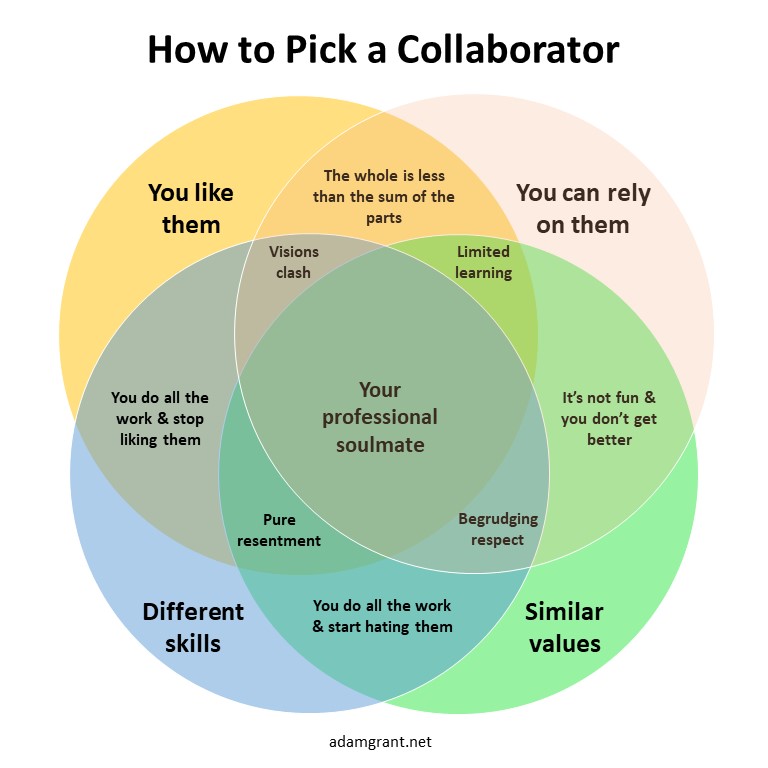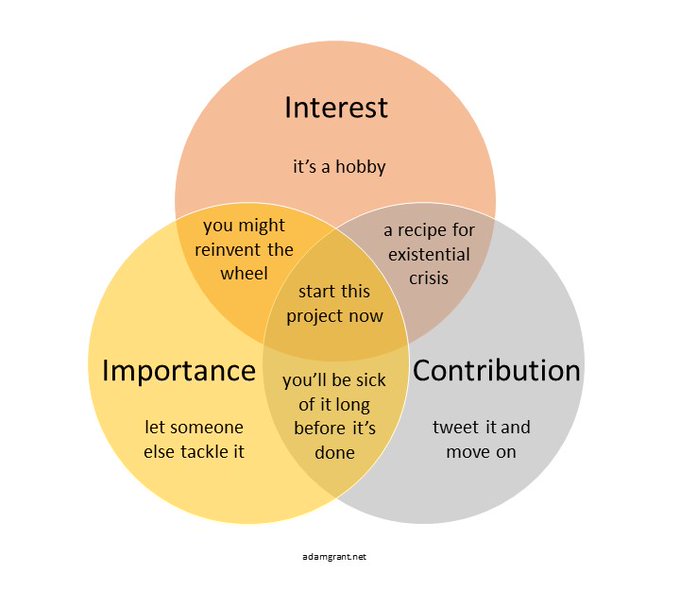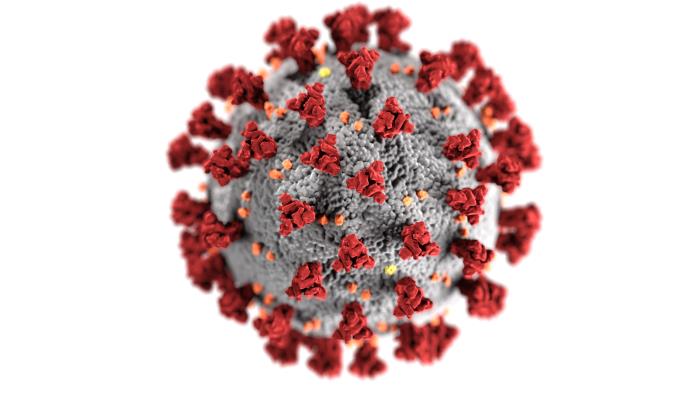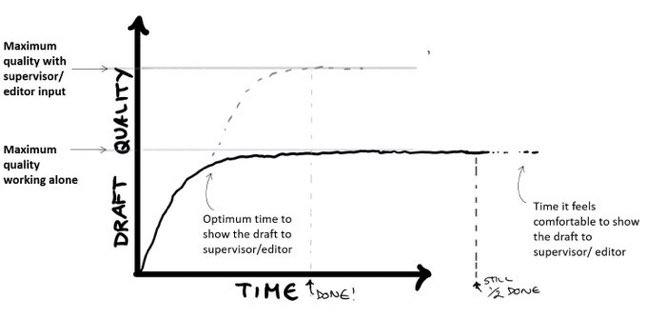You might have noticed that I haven't posted anything in a while. You may also have figured out that March wasn't an easy month for me--I don't think it was for anyone. Things aren't looking that great for April either. I wish I had some tips for you on how to stay productive during a crisis. I absolutely have no idea how to do that. The only good news I have read lately is that maybe a crisis is not the time to be productive.
This article explains: "
It is perfectly normal and appropriate to feel bad and lost during this initial transition. Consider it a good thing that you are not in denial, and that you are allowing yourself to work through the anxiety."
These words brought comfort: "Know that you are not failing."
And these brought hope: "Some faculty members are feeling distracted and guilty for not being able to write enough or teach online courses properly. Others are using their time at home to write and report a burst of research productivity. All of that is noise — denial and delusion. And right now, denial only serves to delay the essential process of acceptance, which will allow us to reimagine ourselves in this new reality.
On the other side of this journey of acceptance are hope and resilience. We will know that we can do this, even if our struggles continue for years. We will be creative and responsive, and will find light in all the nooks and crannies. We will learn new recipes and make unusual friends. We will have projects we cannot imagine today, and will inspire students we have not yet met. And we will help each other. No matter what happens next, together, we will be blessed and ready to serve."
For more insights on mental health during a crisis, see
these videos put together by the BU School of Public Health.
Hang in there people! If you are able to productive, to give great online classes, to provide insights on twitter or in academic papers of how best to handle Covid-19,
to submit papers to the QJE, etc., thank you (ooo, an extra thank you to my coauthors who are able to work on my papers!). We need your work more than ever. But if you can't do it just yet, I think that's OK for now. The truth is that the pandemic will end. Things will get back to normal. But other crises will come, and the more tools we develop to best navigate them, to get through them, the more productive we will be in the long run.
Take care of yourselves, and if you need help, do reach out.
For UConn student students needing help, please refer to UConn’s Mental Health Services at counseling.uconn.edu. Students can call 860-486-4705 to make an appointment for a tele-mental health visit with a provider.










